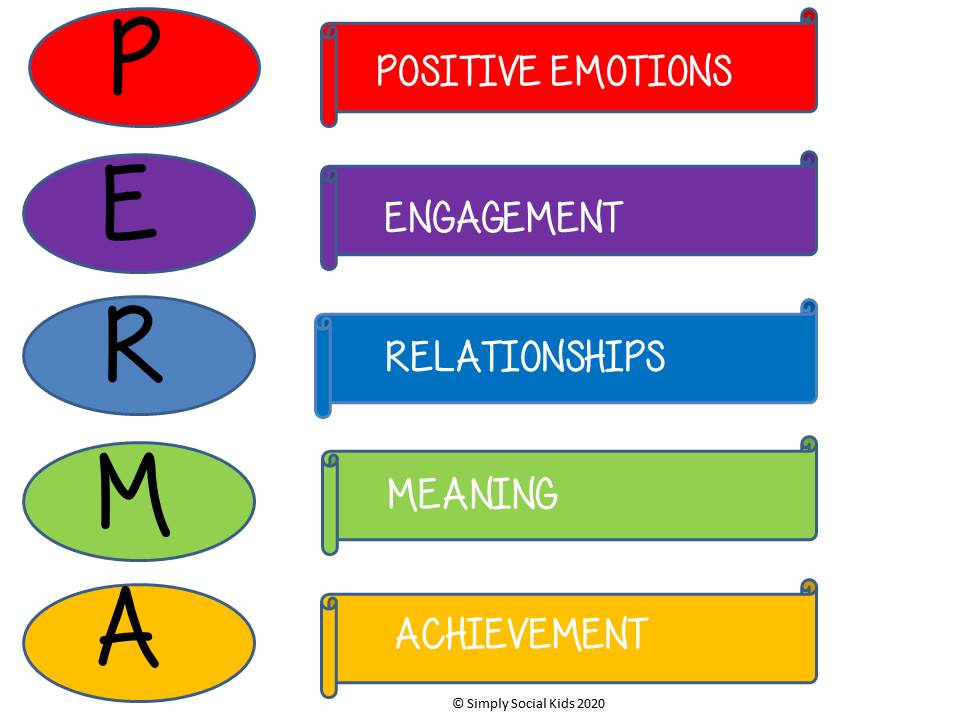

By Nadine Briggs
When children and teens face challenges, they might become overwhelmed and feel incapable of coping. Resilience helps to propel them forward when faced with hard times. Parents know that it is critical that their kids learn to overcome adversity but do they understand how to teach them to be resilient? Here are 5 simple steps that can improve resiliency for the whole family.
Socializing with friends and experiencing social acceptance is critical in building resiliency. True friends can help support us through hard times and provide much needed levity by having fun together. Friends can provide helpful advice or even a sympathetic ear. Having other people like us for who we are is affirming and can make it easier for us to feel like we can handle challenges. Schedule time to get together with friends or just send a text to check in.
Unfortunately, not everyone has a group of friends or even one good friend. This is more common in both kids and adults than you might think. If you or your children are looking for friends, we encourage you to join clubs and organizations to try to meet new people. If clubs are not appealing, try volunteering. Helping others is a great way to get to know people and add meaning to life by being part of a greater purpose.
When trying a new social setting, it’s important to bring your “social” self to show others through body language and conversation that you are open to getting to know them. You want to convey that you are interested in being there and learning more about the new people you meet. Pre-thinking ways to start a conversation can help to quell the jitters that can arise when meeting new people.
People have a natural tendency to focus on the negative. I once had a teen in our social skills program who told us that she had the “worst weekend ever!” Her description didn’t sound so bad: She had attended a birthday party on Saturday and played tennis with a friend on Sunday. During these outings, she had gotten 6 mosquito bites. The six mosquito bites had completely overtaken her thoughts about her weekend and blotted out all of the fun. I reviewed these thoughts with her and showed her that shifting her focus back to the fun was both totally possible and gave her a more positive outlook on the weekend.
Reflecting on a hard time and how it was handled can also shift focus. For example, when thinking about how hard something was, shift the thought from “that was so hard” to things like, “wow, I really had to adapt to meet the moment” or “I feel stronger and more capable for having lived through that incredible challenge.”
Focusing on gratitude is another great way to build resilience through reframing. Popular ways to encourage this practice are through keeping a gratitude journal or with a family gratitude jar (decorate a jar for the family to add notes of gratitude on a regular basis.)
What many people forget is that we are fully in control of our own thoughts. Managing how we think about struggles can take some practice. Start today by looking for the good and resiliency will begin to improve.
Another way to improve resiliency is to increase optimism. One proven strategy to help increase optimism is to write down 3 good things that happen each day and why those things were good. This simple exercise begins to train your brain to be more optimistic by looking for those golden nuggets in your day, no matter how small. Most will notice a difference in what they pay attention to after doing this exercise for just one week. Try it yourself and have your family try it too. Share your good things at the dinner table or on the way to soccer practice. Before you know it, your whole family just might begin to look for the little bits of awesome in their days. You can all increase the ability to be resilient together!
Overall wellbeing can be explained by the positive psychology model PERMA (see graphic). PERMA stands for Positive Emotions, Engagement, Relationships, Meaning, and Achievement. Consider each letter of this acronym for both you and your children to determine if all the elements of wellbeing are present in your daily lives. Here are some questions you might ask:
Consider each and if you find any of the answers don’t have an enthusiastic “yes!”, then consider this a framework to begin to improve well-being. Working toward each of these elements will help you and your children flourish and find fulfillment in life. This fulfillment allows for feeling like you can handle anything that comes your way.
Discovering your individual strengths can be an enlightening and fascinating exercise for the whole family. When you are aware of your strongest character strengths, you can use those strengths to solve problems and live optimally. It can also help to know which strengths are at the bottom of your list so you can give deliberate focus to those areas.
To identify your character strengths, visit this website (https://www.viacharacter.org/character-strengths-via) and take the VIA Character Strengths Survey. There is no cost but you will need to create an account. This survey ranks 24 character strengths. The survey is a bit long for those with challenged attention spans but I suggest taking breaks if needed and then continuing. The results can prove to guide you through life so the time is definitely worth it.
How to Use Them – The top 5 character strengths are your “signature strengths.” If you are not fully engaging those strengths, identifying them is a great first step to finding ways to use those strengths to improve your wellbeing. For example, if you have creativity the top 5 but don’t have an outlet for that creativity, learning to paint or signing up for a creative writing class might greatly increase your life satisfaction.
Everyone can become more resilient. I invite you to start right now by thinking about something good that happened today, this week or really at any time in your life. Think about it in some detail until it puts a smile on your face. Let your mind marinate in the good thought. This simple step has started you on the path to improving resilience. Try some more of the tips above and you and your kids will be better equipped to handle life’s challenges.
If your child or teen needs coaching to help them make friends, contact us to schedule a trial https://calendly.com/simplysocialkids/30min or find out more about our weekly programs or Just for Fun clubs or learn more by contacting us at https://simplysocialkids.com/.






